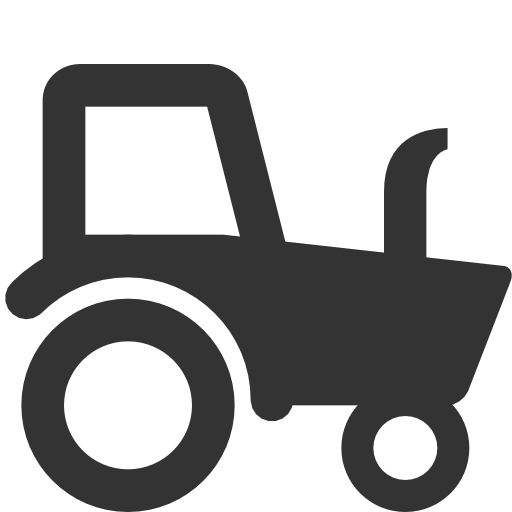Wine

The tradition of viticulture dates back to Roman times. Vine cultures are mentioned as early as the end of the 5th century in the “Vita Severini” of Eugippius. Wine became the region’s most important cultural asset no later than this time.
The Wachau
The Wachau wine region begins on the left bank of the Danube at Rothenhof, halfway between Stein and Unterloiben, and at the right bank in Mautern. The landscape is characterised by steep terraces with impressive dry stone walls. Managing these takes lots of back-breaking and time-consuming manual labour. The barren prehistoric rock soils and the climatic conditions of the Danube valley determine the character of the Wachau wines.
Website of Vinea Wachau Nobilis Districtus
The Kremstal
The wine region of the Kremstal takes in the vineyards around the town of Krems as well as the Kremstal valley itself and extends as far as Göttweiger Berg and to Hollenburg south of the Danube. The soils are dominated by loess with the addition of prehistoric rock and gravel. The influence of the warm, pannonic climate from the east allows the development of full-bodied wines.
Marille

Neben dem Wein ist auch die Marille eine typische Wachauer Spezialität. Früher vor allem zur Selbstversorgung verwendet, begannen die Wachauerinnen und Wachauer im 19. Jahrhundert in der Zeit als gerade die Reblaus den Wein befallen hatte, die Frucht kommerziell zu nutzen.
Durch Selektion und Vermehrung der besten Klone der „Klosterneuburger Marille“ bzw. „Ungarischen Besten“ konnten Obstbau-Fachleute die heute dominierende Wachauer Marillensorte züchten, die mit ihrer leuchtend gelborangen Farbe und dem einzigartig feinen Aroma zu Marmeladen, Knödeln, Edelbränden oder Likören verarbeitet wird.
Der Name „Original Wachauer Marille“ ist innerhalb der EU seit 1996 mit der europäischen Ursprungsbezeichnung geschützt und gibt dem 2003 gegründeten Verein "Wachauer Marille g.U.“ seinen Namen. Die über 220 Mitgliedsbetriebe setzen sich für den Erhalt der seit 100 Jahren in der Wachau üblichen Sorten ein und verkaufen die typische Wachauer Frucht mit ihrem gemeinsamen Siegel.
Website des Vereins Wachauer Marille g.U.
Alle Infos zur Marillenblüte in der Wachau
Wissenswertes zur Marillenernte in der Wachau
Tourism in the Wachau


The Wachau’s most important source of income is tourism. Visitors to the Wachau are often older, well to do, come in summer and an above average share is from Germany. Visitors from the surrounding conurbations also come on regular day trips to the Wachau. While some areas of the Wachau scarcely benefit from tourism, this activity occasionally takes on problematic dimensions in other areas. The goal of the work done by the tourism organisations is therefore not least to equalise the flows of tourists within the region. Quality trumps quantity when it comes to growth. As the regional management team, we support the work of the tourism organisations by funding projects and providing general advice on regional policy. Key projects were most recently implemented within the scope of the strategic initiative Wachau 2010. They include the successful project World Heritage Trail Wachau, the World Heritage Centre in Krems-Stein, the reorganisation of the touristic guidance system, and the restructuring of the regional tourist information offices.
Donau Niederösterreich Tourismus GmbH

